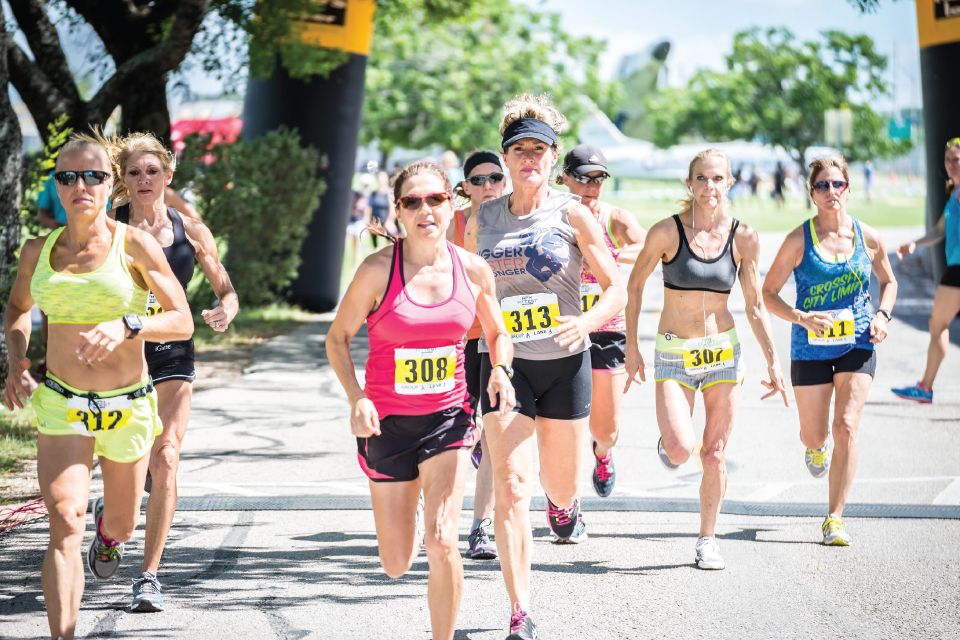FAQ: October

Q: I’m at the gym and I see the spray bottles with cleaners. What exactly am I supposed to clean? Everything I touch? The stuff I sweat on? Help!
A: The gym is a great place to pick up some germs. Many hands—and other bits—come into contact with many items. While gym staff is doing the heavy cleaning (industry recommendation is twice daily), it’s helpful for members to do their part. In addition to germs and viruses that can live on equipment, oil and dirt can interfere with sensors, and collected grime can cause deterioration of padding. Wipe down the items you touch with your hands, sit on, and sweat on—and that includes cloth items, such as TRX Bands. The next user will thank you. And don’t forget to wash your hands when the workout is complete.
Q: Every time I run a 5K or some other road race, I feel like my starts are a challenge because I’m battling the adrenaline surge on a body that is still warming up. What is a suitable warm-up I could perform before the race to have my legs and lungs ready for the starting gun?
A: You’re right; a good warm-up is critical to a good start in the race. Runners who have already experienced elevated heart rates and respiration before the gun are able to minimize the acclimation to those factors at the beginning of the race. Or, in other words, suffer early so you can suffer longer. Assuming that you have at least 45 minutes before the start of the race—you’re already checked in, have your bib number or timing chip, and know where the start line is—take off on a short (15 to 20 minutes, maybe) slow jog, just to get the legs loose and blood flowing. Following the jog would be a good time to get other chores done, like bathroom breaks, shoe changes, pinning on the bib, or swapping shirts. Within 15 minutes of the start, somewhere near the start line, begin a series of striders, anywhere from 50–100 yards in length. Jog back to your original point for recovery, then hit it hard again. Repeat until it’s time to take your position in the start chute, so your muscles stay warm and heart rate gets elevated.
Q: I really enjoy being active (meaning, breaking a sweat) every day. However, I realize that recovery is necessary in any training plan. What are some good active recovery workouts?
A: The good news is that recovery doesn’t have to mean sitting on the couch or restriction from all activity. The point of the recovery day is to recover from the mental aspect of training as much as anything else. Active recovery just requires low intensity—the whole focus is getting blood flowing and reducing muscle fatigue. This can take a wide variety of forms—easy runs, walks, gentle spin on the bike, dancing, hiking, yoga—and is a great way to try a new activity. Just be sure to keep the intensity low, and focus on breathing, form, and mental clarity.






